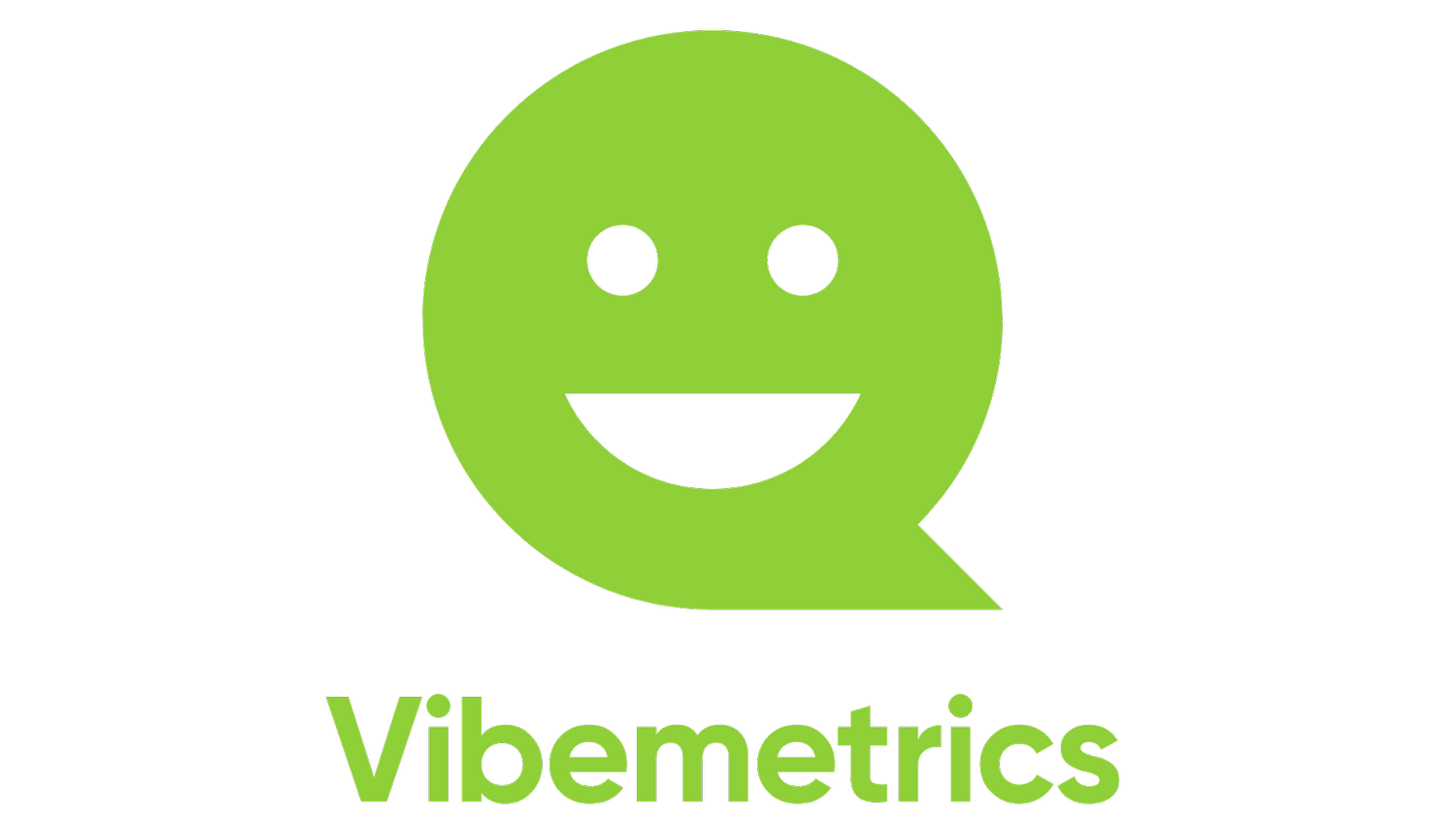5 characteristics of a self-directed organisation staff survey
The world of work is changing fast, but has the staff survey changed with it? No, says Karoliina. In this blog post, she paints a picture of what an HR survey should look like in an organisation that aims to support self-direction.
The demand for autonomy and self-direction has increased in all professional work. Employees are leading their own work, coordinating work between teams, building concepts with clients, and thinking about which parts of the work can be automated and how to use human labour to add value for the client.
And then an email pops up inviting you to take part in a staff survey.
You put off answering until the last minute, because you know that there are 120 questions waiting to be asked, in gobbledygook, escapist oddities that will take half your brain capacity for the day to decipher - unless you're playing ACDC, like in high school. The answers disappear somewhere in the stratosphere, and the next time you hear about them will be in less than a year's time, at a staff briefing. In the best case, the results will have been analysed at business unit level, but it may well be that only Nordic as a whole will be included in the results here in Finland.
This makes no sense.
The idea of a staff survey, which allows management to get information from employees to support their management, is entirely based on the way work is organised in the industrial era. Top management strategised, middle management planned, management supervised and employees implemented. There was no need for workers to understand how teams or units worked, or even to understand the impact of their own actions on the general atmosphere. The development measures were planned by middle management and the front-line manager handled the communication on behalf of the employees.
"The idea of a staff survey, whereby management gets information from employees to support their management, is based entirely on the way work is organised in the industrial era."
But what should the staff survey look like in 2020?
Let's start with the functions of the staff survey. The purpose of the staff survey is to
a) to create an understanding of what is good and what is bad in terms of job satisfaction, well-being and job satisfaction.
b) to create an understanding of what needs to be improved in terms of job satisfaction, well-being and job satisfaction.
How are these functions achieved in organisations operating in fast-changing environments and aiming to support self-directed expert work?
Short cycles. Once or twice a year you can ask more broadly, but to get the most out of developing a common understanding, it is best to keep the cycles short. Perhaps even a week? Here you could look at the change in development conversations: in the old days they used to be once a year, now many sit down for a bit longer once or twice a year, but 1:1s are held every week.
Results directly to the teams. Teams need to be informed about the view that their answers will give them in order to increase their self-understanding. Self-awareness is the starting point for any improvement and in itself increases a sense of control in a turbulent world.
Intelligent analysis. The data should be packaged in a format appropriate to each group of actors and respondents. Modern analysis tools do allow for automated analysis from different perspectives. We are used to receiving analysis about ourselves from other services, so generic results are disappointing. Analysis should highlight relevant links and help target development actions at the right issues. Direct distributions of survey responses rarely highlight anything particularly interesting that not everyone would know anyway.
Improvement. The purpose of the survey is to help develop the organisation. So a modern survey tool will also guide teams in that improvement work.
Self-defining questions. This last point is still a bit radical. On the one hand, asking questions is a skill in itself. Moreover, the world has accumulated a good bank of proven questions that measure what we think they measure and are based on some scientifically accepted framework for well-being at work, etc. Those questions are worth using. On the other hand, the world is moving on and work is changing. Many of the canonised questions have been created for a very different kind of working life. New questions are needed to describe the new world of work. It is also a good idea to use experts to find and create these new questions. But it is also conceivable that employees could have some very good ideas about what is good to follow in their own organisation or business unit. Why should management be allowed to decide what to ask and monitor, when the responsibility for coordinating work is increasingly in the hands of the employees themselves? I bet that in the future we will see new ways of defining what is asked in staff surveys in the first place.

